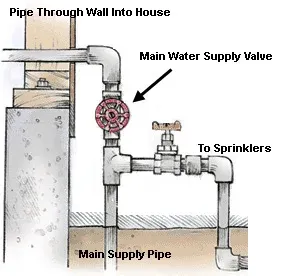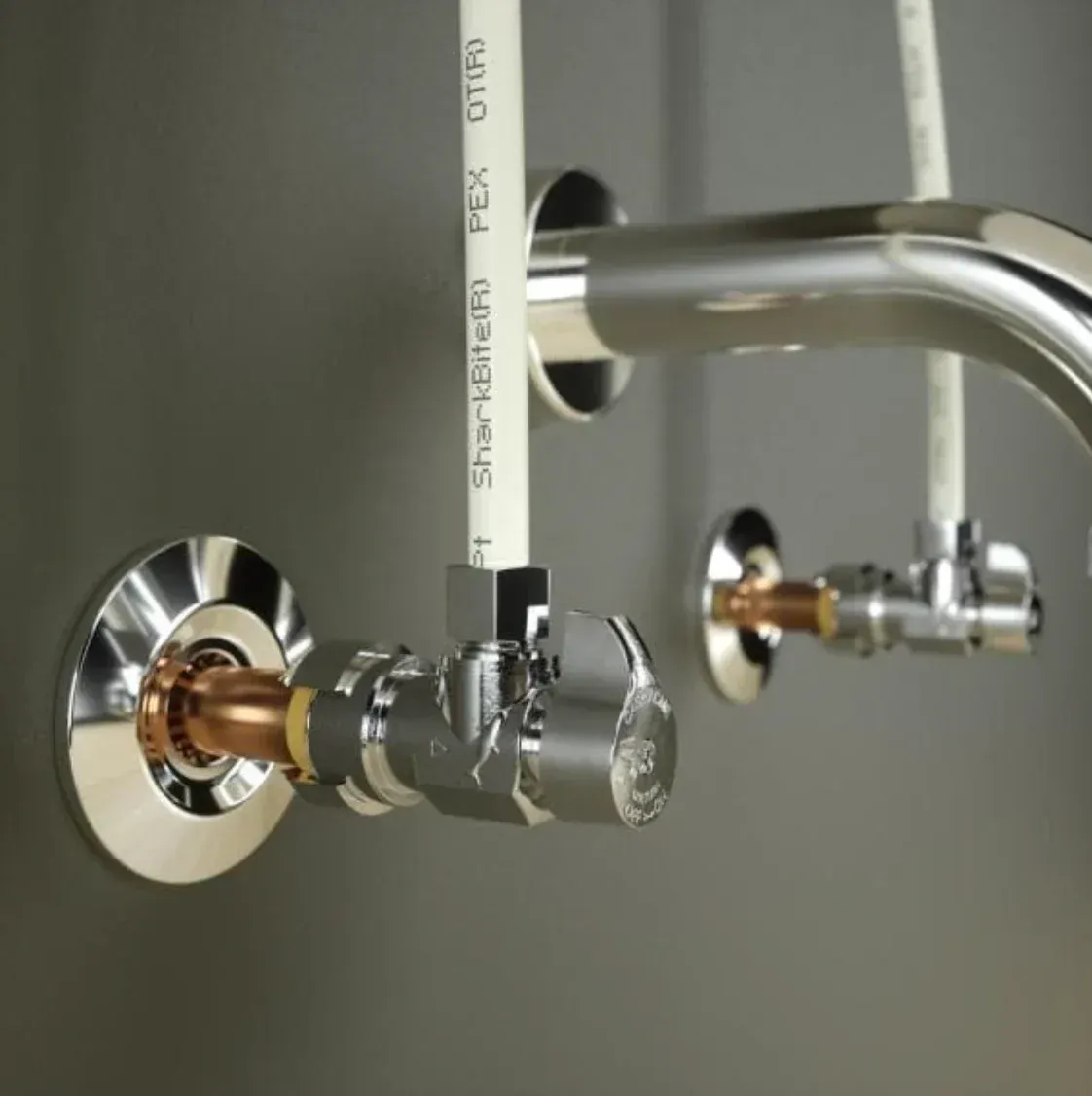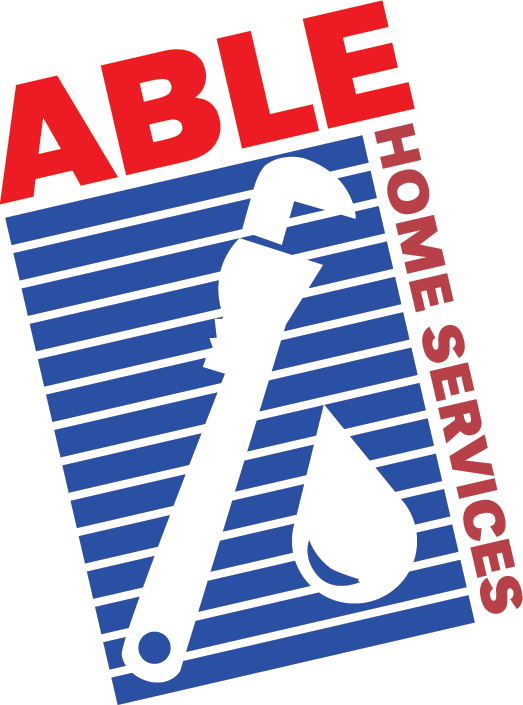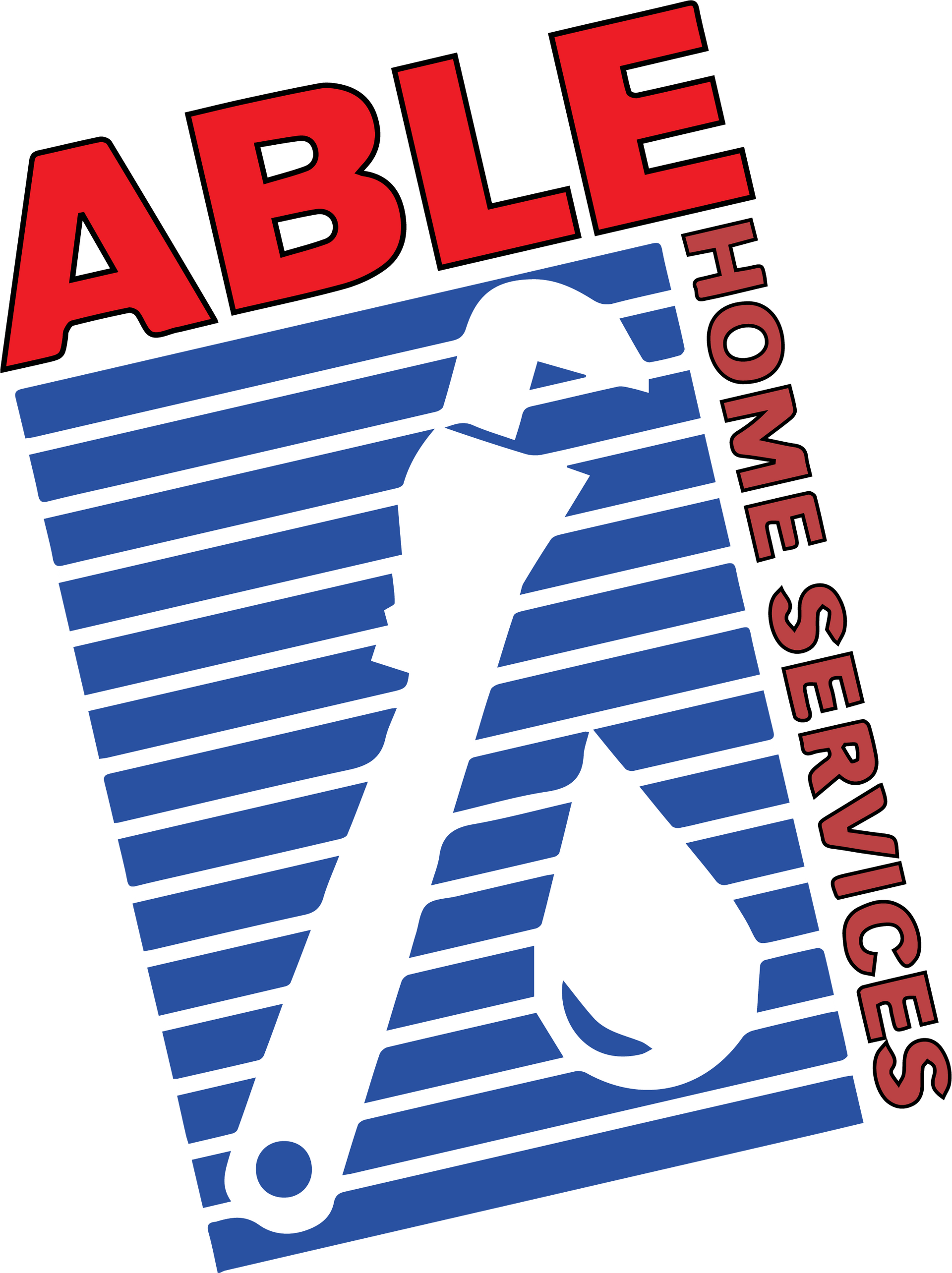Shut Off Valves
You'll Be Glad You Called Us First!
Shut Off Valves: The Unsung Heroes of Plumbing
Shut off valves play a pivotal role in the plumbing systems of our homes, acting as critical safeguards that prevent water damage and facilitate repairs and upgrades. Particularly in the bathroom, where water is in constant use, the importance of these valves cannot be overstated. This article delves into the significance of shut off valves for bathroom plumbing issues, highlighting their functionality, types, and tips for maintenance to ensure they remain in working order. The pros at Able Home Services are ready to tackle any issues you may be facing with your shut off valves. Give us a call or request service!
We include great service guarantees on all our tub and shower work as well.

Functionality of Shut Off Valves
Shut off valves are designed to control the flow of water to plumbing fixtures, allowing homeowners to stop water supply quickly in case of leaks, repairs, or maintenance tasks. By turning off the water at the source, these valves prevent potential flooding and water damage, making them an essential component of a well-functioning bathroom.
Types of Shut Off Valves
Several types of shut off valves are commonly used in bathroom plumbing, each suited for different applications:
- Compression Valves: Often used for sinks and toilets, these valves require a turn of a knob or handle to control the water flow.
- Ball Valves: Known for their durability and reliability, ball valves use a lever to start or stop water flow and are typically used for main water shut offs.
- Gate Valves: These valves offer precise control over water flow but are less commonly used in residential bathrooms due to their susceptibility to corrosion.
- Angle Valves: An angle valve is a type of shut-off valve used in plumbing that controls the flow of water to various fixtures, such as sinks, toilets, and bidets. Its distinguishing feature is the 90-degree angle between the inlet and outlet. This design is particularly useful in situations where the water supply pipe comes out of the wall, and the fixture it serves requires a turn to connect, making angle valves an ideal choice for bathroom and kitchen installations.
Importance of Shut Off Valves in Plumbing
- Emergency Responses: In the event of a burst pipe, overflowing toilet, or any other water-related emergency, shut off valves allow homeowners to quickly halt the water supply, mitigating the damage.
- Facilitates Repairs and Upgrades: Whether updating a faucet, fixing a leaky pipe, or replacing a toilet, having accessible shut off valves means the water can be easily turned off at the source, without disrupting the entire home's water supply.
- Water Conservation: Beyond emergencies and repairs, shut off valves can also be used to temporarily stop water flow to fixtures that are not in use, aiding in water conservation efforts.
Maintenance Tips
To ensure shut off valves function correctly when needed, regular maintenance is essential:
- Regular Testing: Periodically turn the valves off and on to ensure they are not stuck or too difficult to operate.
- Leak Checks: Inspect valves for signs of leaks or corrosion, which could indicate the need for replacement.
- Accessibility: Ensure that shut off valves are easily accessible and not obstructed by storage items or bathroom fixtures.

Love And Respect Your Shut-Off Valves!
Shut off valves are indispensable tools in preventing water damage and facilitating plumbing repairs in the home. Understanding their function, knowing where they are located, and ensuring they are well-maintained can save homeowners from potential disasters and unnecessary water waste. As we navigate the complexities of home plumbing, let's not forget the critical role these unsung heroes play in keeping our water supplies safe and functional. Whether you're facing a plumbing emergency or planning a simple fixture update, remember the importance of your shut off valves and give them the attention they deserve to keep your home plumbing in top shape.


